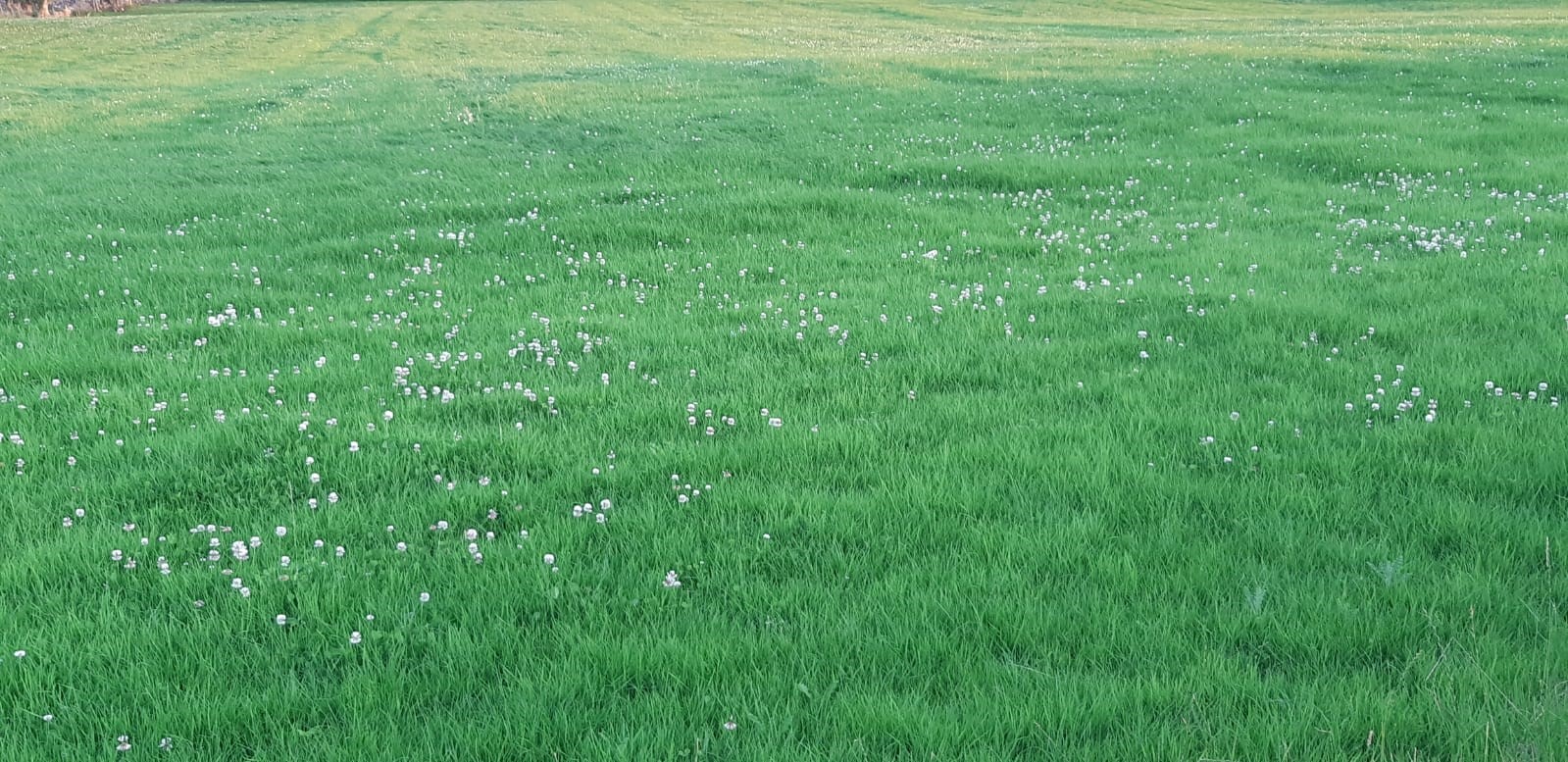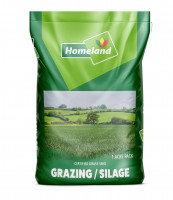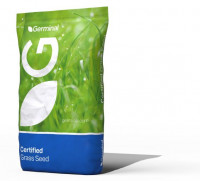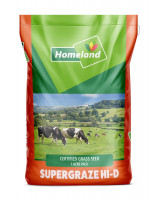Reseeding – 10 steps to a successful reseed by Daniel Hession – Nutritionist and Technical Manager
1. Identify paddocks for reseeding
Poorer performing paddocks should be targeted. Use grass measuring data if available to identify fields/paddocks that are under performing. Reseeding should be carried out in fields/paddocks where perennial ryegrass content is low or in fields/paddocks with high numbers of weeds.
2. Plan when to reseed
Spring is the best time for reseeding due to the shorter turnaround time; better conditions for germination, better conditions for post-emergence spray and better conditions for grazing after establishment.
3. Soil test
Soil test for phosphorus (P), potassium (K) and lime requirement before reseeding (ideally in the autumn before planned reseeding).
4. Spray off old sward
If there are perennial weeds such as docks and ragwort, use a glyphosate spray. To ensure a quick turnaround (target is to have reseed back into production in 60 days), the old sward should be sprayed seven to 10 days before the final grazing/mowing.
A tight grazing or mowing will ensure a low level of thrash. This is particularly important for minimum cultivation techniques e.g. stitching in etc.
5. Choose appropriate method of reseeding and prepare a firm-fine seed bed
There are many different cultivation and sowing methods available for reseeding. All methods, when completed correctly, are equally effective. Surface trash needs to be minimised by spraying and tight grazing/mowing particularly for minimum cultivation techniques. Fields/paddocks reseeded using minimum cultivation methods are usually available for grazing sooner than ploughed fields. Whichever cultivation technique is chosen, a firm-fine seedbed is required with good seed/soil contact.
6. Spread lime and N, P & K
Apply lime, P and K according to soil test results. Do not apply more than 3t of lime per acre in a single application. Consider applying some granulated lime at reseeding if the pH is very low for immediate effect. Ground limestone can also be applied to work in subsequent years. Even if the pH is correct, 2t/acre of lime should be applied if you are using a minimum cultivation method to neutralise acid released by the breakdown of trash. Apply 30 units of nitrogen per acre.
7. Choose appropriate mixture, include clover and use the correct sowing rate
The key traits in a seasonal grass-based production system are:
- high seasonal production (spring and autumn) for grazing mixes;
- high silage yields for silage mixes;
- high mid-season quality for grazing mixes; and,
- good ground cover or persistency score.
Look for mixtures that have varieties with these traits (check against Department of Agriculture recommended list at http://www.agriculture.gov.ie) and the Teagasc Pasture Profit Index.
If including clover at sowing, use medium-leaf white clovers for cattle; small-leaf white clovers for sheep.
Sow 35 kg/ha (14 kg/ac) of seed.
8. Roll after sowing
Roll to ensure seed-to-soil contact. Even if rolling isn’t possible at sowing, roll before first grazing – otherwise loose plants will get pulled at grazing.
9. Control weeds and pests
Applying a herbicide to a new grass ley is the most cost effective spray you will use on that field. Control of weeds like docks and thistles etc. is much easier when these weeds are seedlings. By using a post emergence spray, seedling weeds can be destroyed before they are properly developed and have established root stocks. Established weeds can seriously reduce the herbage production potential and economic lifetime of the reseeded sward. Docks and chickweed are the two most important weeds to control in reseeds. Product choice is decided by the presence or absence of clover in the new ley.
It’s important to have good conditions in order to get the best possible results from the spray; have an even, vigorously growing sward, apply the herbicide onto small, actively growing weeds (e.g. dock leaf = size of €2 coin). Spray 6-8 weeks after re-seeding when there are 3 leaves on the grass and 1 true leaf on the clover. Avoid spraying in very dry or cooler conditions. Keep water rates high 220-350 l/ha.
Monitor for pest attack (slugs, leatherjackets, frit fly and rabbits are the main threats).
10. Graze at a low cover (1,000kg-1,200 kgDM/ha)
Graze the new reseed as soon as the plants do not pull out of the ground. Apply 30 units of N three to four weeks after sowing. Avoid cutting the new reseed for silage in the first year and keep grazing at low covers to encourage tillering.





